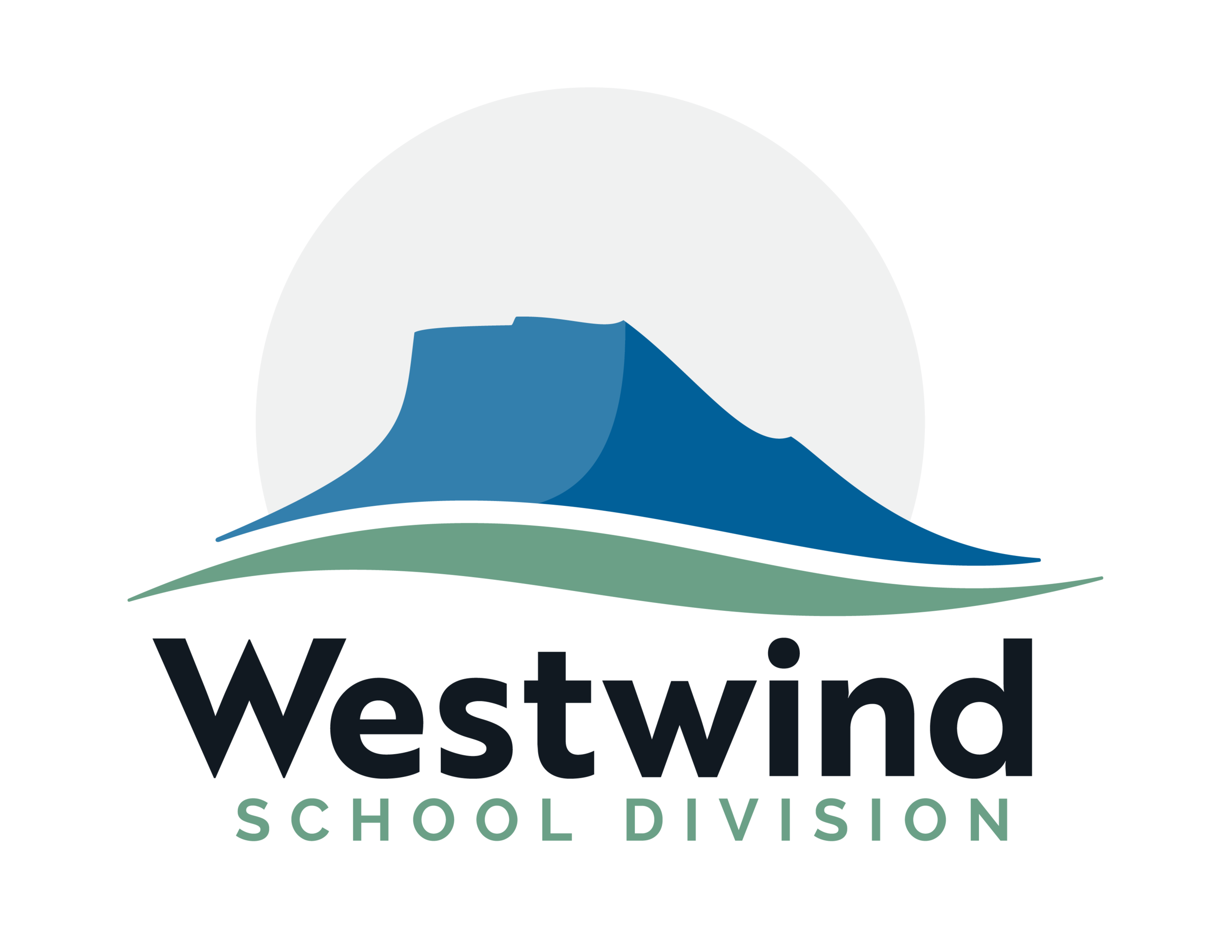Administrative Procedure 423: Appendix A: Knowledge, Skills and Attributes (KSA) List for Teachers with an Interim Certificate
- Contextual variables affect teaching and learning
- Student/school/teacher/parent/regulatory variables
- Teacher’s analysis leads to reasoned decisions about their teaching practice and student learning.
- Structure of Alberta Education
- Roles/responsibilities/accountability
- Familiar with the Alberta Education website
- Purposes of the “Guide to Education” and “Programs of Study”
- Correlated with the subject areas taught
- Use these documents to inform and direct – planning, instruction and assessment of student learning
- Knowledge of subject
- Understand subject disciples taught – have completed a structured program of studies audit (to acquire the knowledge, concepts, methodologies and assumptions for each subject and grade).
- Understand subject disciples taught – have completed a structured program of studies audit (to acquire the knowledge, concepts, methodologies and assumptions for each subject and grade).
- Multiple paths of learning
- All students can learn – at different rates and in different ways (differentiation of instruction, multiple intelligences, universal design for learning).
- Student’s unique learning styles
- Multiple pathways to learning for individuals and groups
- Planning
- Maintain a “Daily Plan Book/Attendance Log”
- Evidence of short, medium and long-range planning
- Outline of reasoned and incremental progression toward desire outcomes
- Learning outcomes, resources, strategies, timelines, assessment tools
- Ongoing monitoring – evidence of modification and variance
- Student security
- Students feel physically, socially, culturally and psychologically secure
- Effective classroom rules, minimal disruptions to learning
- Rules are consistently enforced
- Assertiveness; variety of management strategies
- Active Teaching/supervision – circulate and peripheral vision
- Respect for students’ dignity
- Positive professional relationship with students
- Evidence of mutual respect, trust and harmony
- Individual chastisement, exhibit patience and tolerance
- Courteous – please and thank you, warmth, compliments
- Positive reinforcement – belief that everyone can succeed
- Active listening – eye to eye, acknowledgement, validation
- Firm, fair and friendly – enthusiasm
- Diversity of teaching strategies
- Familiar and utilize high-yield Strategies
- Stated objectives
- Re-teach, with new method (if they don’t learn the way you teach; teach the way they learn)
- Higher level thinking skills; sound questioning techniques (Bloom’s taxonomy)
- Integrate current learning with prior learning
- Familiar with brain research and child development
- Homework – assigned, marked and recorded
- Authentic learning – related to student’s life
- Use of technology
- ICT outcomes – planned and implemented
- Resources – appropriate for learning
- Research skills
- Digital Citizenship – taught and modeled for students
- Use of provided resources – projector, SmartBoard, 2Learn.ca, LearnAlberta.ca, etc.
- Purposes of student assessment
- Use of a variety of tools – peer evaluation, CAMP, projects, written tests, oral assessment, reports, etc. (both formative and summative)
- Positive comments and feedback (clear expectations, rubrics, etc.)
- Meaningful dialogue with parents and students
- Used to modify teaching and to direct intervention
- Analysis and understanding of results (data)
- Engaging parents in all aspects of teaching and learning
- Partnerships with parents, colleagues and students
- Regular (and early) communication with parents and students regarding areas of concern (provide suggestions for improvement and opportunities for extra help)
- Use online grade books to keep parents and students informed of progress
- Contribute to a positive, engaging school environment (do fair share of extras)
- Use of home and community resources
- Utilize home and community resources to make learning meaningful and relevant
- Celebrate success in local publications, concerts, assemblies, meetings, in public
- Help students gain an understanding of the KSAs needed to contribute in society
- Makes contributions for the “quality of the school”
- Effective communication with colleagues
- Arrive early, orderly classroom, well-prepared
- Assist with bulletin boards and display areas
- Promote the “team” concept
- Complies with school and district policies
- Fulfills responsibility to supervise and discipline students
- Importance of life-long learning
- Capable of assessing own teaching
- Willingness to cooperate with those supervising/evaluating performance
- Take initiative to develop and implement meaningful PD
- Collaborate with colleagues to improve teaching and student learning
- Personal vision of teaching
- Able to articulate your vision and describe your practice (consciously competent)
- Show how your vision aligns with the vision of the district and school
Reference
Section 18,33,52,53,196,197,204,213,214,215,218,222 Education Act
Freedom of Information and Protection of Privacy Act
Personal Information Protection Act
Teaching Profession Act
Certification of Teachers Regulation 3/99 (Amended A.R. 206/2001)
Practice Review of Teachers Regulation 4/99
Student Learning – Ministerial Order 001/2013
Teaching Quality Standard – Ministerial Order 016/97
Teacher Growth, Supervision and Evaluation Policy
Guide to Education ECS to Grade 12
Practice Review of Teachers Information Bulletin 3.3.2
Approved: June 3, 2015
Amended: August 21, 2018



